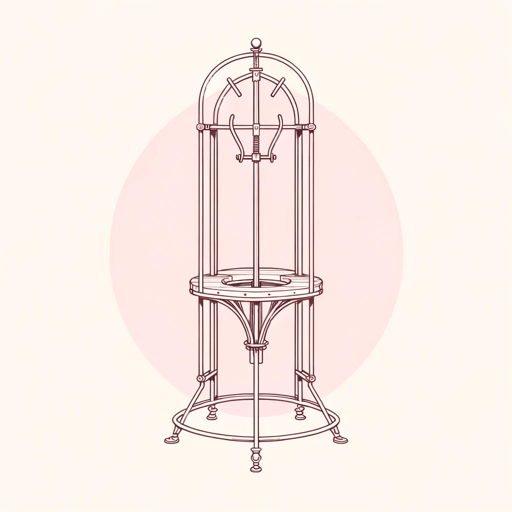59 pages • 1 hour read
Naomi WolfThe Beauty Myth
Nonfiction | Book | Adult | Published in 1990A modern alternative to SparkNotes and CliffsNotes, SuperSummary offers high-quality Study Guides with detailed chapter summaries and analysis of major themes, characters, and more.
Chapter 3Chapter Summaries & Analyses
Chapter 3 Summary: “Culture”
The “Culture” chapter examines different aspects of both high and “low” (mass) culture. This category includes well-known female characters in classic literature such as plays by William Shakespeare and Anton Chekhov, women’s magazines, and the media in general. The chapter also addresses censorship. Wolf suggests that culture shapes societal perceptions of women’s roles as well as the way women perceive themselves.
According to Wolf, patriarchal culture enshrines individual men and anonymous, albeit beautiful women. This pattern occurs because our culture is simultaneously constructed by men observing women and women watching themselves be observed.
The author focuses on the way women are reduced to stereotypical either/or qualities such as being beautiful or smart rather than complex individuals. Some examples in classic literature include the characters Dunyasha and Anya in The Cherry Orchard by Chekhov. Furthermore, while beauty is exalted, it is considered a mere “accident of nature” and not heroic or valuable (58). Girls learn this type of thinking early on, where men are valorized for their bravery or intellect and women are not. Wolf gives the example of Eve, who is beautiful and perfect, created from Adam’s rib, and becomes a villain when she exercises her intellect and independence.
Moving away from high culture, this dualist thought process is solidified in mass consumer culture such as women’s magazines.

